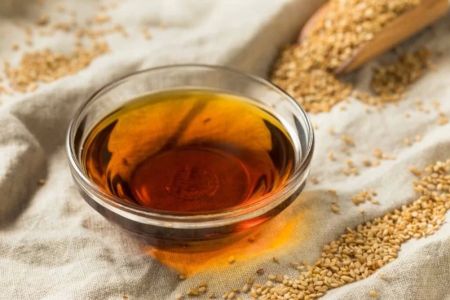What is Low Fat in Chinese Food Restaurants
If you're someone who enjoys dining out at Chinese restaurants but is also mindful of maintaining a healthy diet, you might often find yourself wondering, "What is considered low fat in Chinese food?" Chinese cuisine, known for its rich flavors and diverse range of dishes, can sometimes get a bad reputation when it comes to healthy eating due to the use of oils, fried foods, and savory sauces. However, with a little understanding of the menu options and a few smart choices, it’s entirely possible to enjoy a delicious and healthy meal at a Chinese restaurant while keeping your fat intake in check. I’ve personally experienced the challenge of balancing the desire to indulge in my favorite Chinese dishes with the need for a low-fat diet, and in this article, I will guide you through the basics of low-fat Chinese food, highlight healthier options, and give you a few tips on how to navigate restaurant menus.
1. Understanding What Low Fat Means in Chinese Food
The first step to identifying low-fat options at a Chinese restaurant is understanding what "low fat" actually means in this context. In general, a low-fat diet is defined as one that provides less than 30% of its daily calories from fat. When it comes to Chinese food, this can be tricky because many traditional Chinese dishes use oils (often vegetable oil or sesame oil) for stir-frying, deep-frying, or flavoring sauces. But not all Chinese food is high in fat, and there are definitely ways to find lower-fat alternatives. The key is to look for dishes that are either steamed, grilled, or lightly stir-fried with minimal oil. These cooking techniques tend to retain the natural flavors of the ingredients without adding excess fat. Additionally, focusing on dishes that are rich in vegetables, lean meats, or seafood can help you keep your fat intake under control.
2. Steamed Dishes: A Healthier Alternative
One of the easiest ways to enjoy a low-fat meal at a Chinese restaurant is to opt for steamed dishes. Steaming is a cooking method that doesn’t require the addition of oils or fats, which makes it a fantastic option for anyone trying to maintain a low-fat diet. Many Chinese restaurants offer a variety of steamed dishes, such as:
- Steamed fish: A popular dish in Chinese cuisine, especially in Cantonese-style cooking. Fish is naturally low in fat and high in protein, making it an excellent choice for a healthy meal.
- Steamed dumplings: If you’re a fan of dumplings, choose steamed dumplings over fried ones. These typically contain less fat and are often made with lean meats or vegetables.
- Steamed vegetables: Opting for a plate of steamed vegetables (like bok choy, broccoli, or spinach) can be a great way to boost your fiber intake while keeping fat levels low.
Steamed dishes can be found on most Chinese restaurant menus, and they are perfect if you’re trying to keep your meal light and low in fat.
3. Grilled and Roasted Options
If you want to enjoy a hearty meal without the added fats, grilled and roasted dishes are another excellent choice. Chinese restaurants often offer grilled or roasted meats, such as:
- Grilled chicken: Grilled chicken is a lean source of protein that can be paired with vegetables for a filling, low-fat meal.
- Roast duck (without the skin): While duck is generally higher in fat, if you remove the skin, it becomes a leaner option, making it more suitable for a low-fat diet.
- Grilled shrimp: Shrimp is another great source of low-fat protein, and when grilled, it’s both delicious and healthy.
Grilling and roasting allow the natural flavors of the meat or seafood to shine, without the need for excess oils or fats. If you love savory flavors, grilled and roasted dishes can be a great choice that won’t derail your healthy eating goals.
4. Opting for Light Sauces and Broths
One of the biggest sources of fat in Chinese food often comes from the sauces and broths used in cooking. Traditional Chinese sauces, such as sweet and sour, black bean, or hoisin sauce, are often high in sugar and fat. To make healthier choices, consider requesting that your dish be made with lighter sauces or no sauce at all. Some restaurants may even offer low-sodium options or lighter versions of their traditional sauces. Additionally, broth-based soups are another great low-fat choice. Some popular low-fat soup options include:
- Hot and sour soup: Often made with a broth base, this soup is flavorful without being high in fat.
- Wonton soup: Wonton soup typically has a light broth and can be filled with shrimp or chicken, both of which are low-fat protein sources.
By choosing lighter sauces or broths, you can enjoy the rich flavors of Chinese cuisine while keeping your fat intake in check.
5. Choosing Lean Protein Sources
Another important consideration when eating low-fat Chinese food is the type of protein you choose. Some meats, like fatty cuts of pork or beef, can be high in fat, while others, such as chicken, turkey, and seafood, are leaner options. When dining at a Chinese restaurant, look for dishes that feature:
- Chicken breast: A lean protein that’s lower in fat, chicken breast can be found in many Chinese dishes like kung pao chicken or stir-fried with vegetables.
- Tofu: Tofu is a great plant-based source of protein that’s naturally low in fat. Dishes like mapo tofu or tofu stir-fry can be tasty and nutritious options.
- Seafood: Fish, shrimp, and scallops are all excellent sources of protein that are typically low in fat. You’ll find a variety of seafood dishes that are both flavorful and low-fat, like steamed fish or shrimp with garlic sauce.
By choosing lean protein options, you can enjoy filling and satisfying meals without compromising on your health goals.
6. Avoiding Fried Foods and High-Fat Dishes
While Chinese food offers many delicious options, there are also some dishes that are higher in fat due to the cooking methods involved. Fried foods, such as egg rolls, fried rice, and General Tso’s chicken, can be loaded with unhealthy fats. If you’re trying to maintain a low-fat diet, it’s best to avoid fried items and opt for dishes that are either steamed, grilled, or stir-fried with minimal oil.
It’s also a good idea to ask for sauces on the side, as they can often add unnecessary calories and fats to your meal. By being mindful of the cooking methods and sauces, you can still enjoy Chinese food while sticking to your low-fat goals.
Choosing low-fat Chinese food is not only possible but can also be incredibly delicious! With a few simple adjustments and by making smart choices from the menu, you can indulge in your favorite Chinese dishes while maintaining a healthy diet. So the next time you’re at a Chinese restaurant, consider opting for steamed or grilled options, lean proteins, and lighter sauces to make your meal both flavorful and nutritious.


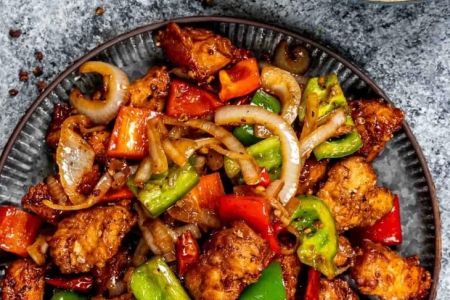
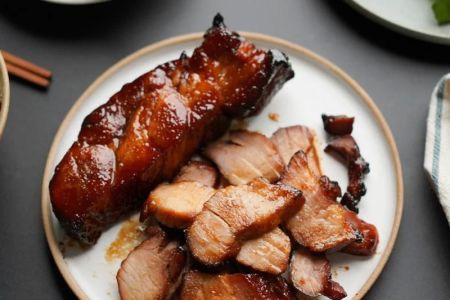
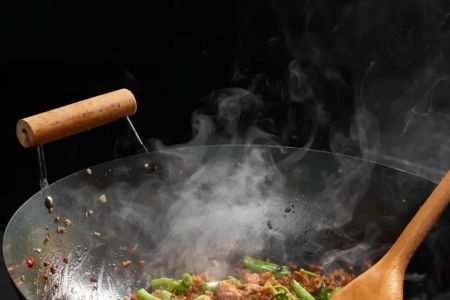
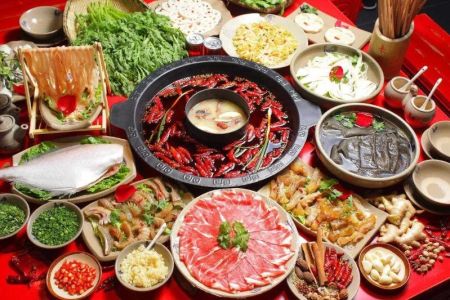
![Top Chinese Restaurants for Authentic Cantonese Cuisine in [Your City]](https://img.gochinarose.com/d33/2507/4157910400_450x300.webp)
